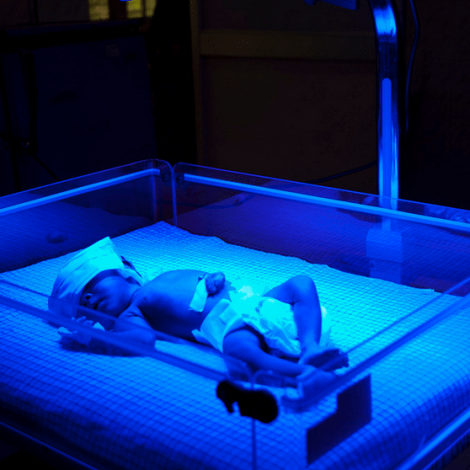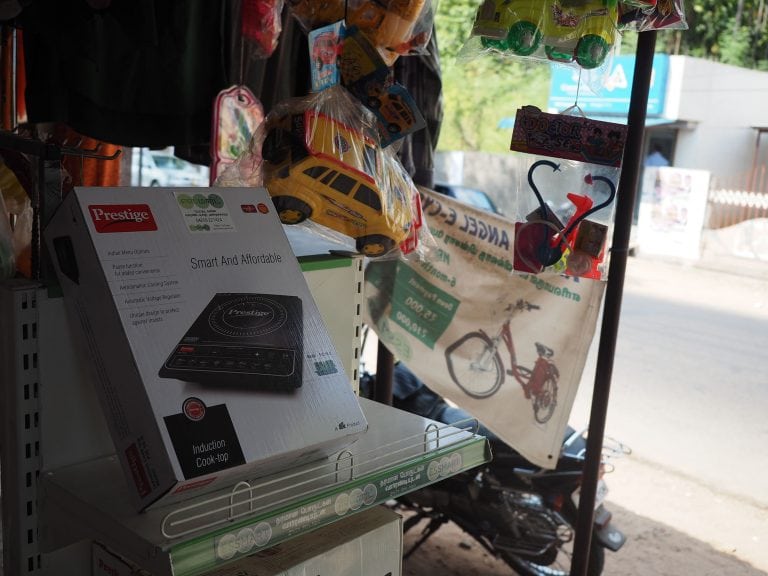“The market won’t accept a malaria vaccine that costs more than $.40 a dose.”
“But that’s not possible, why can’t we just start solving the technical problem and then figure out how to pay for it?”
If I were keeping score, I would say the first speaker gets it and the second one doesn’t.
The session was titled “Innovation in Health and Care in Emerging Markets,” and I was sitting in a room beside leaders from non-profits, multinational healthcare and medical products companies, health ministry officials, and small innovators such as my organization, D-Rev. At our table we were talking about innovations in healthcare delivery that can help low resource markets leapfrog over the costs that plague wealthy nations’ healthcare systems.
Often, new designers or funding agencies are attracted to the sexy technology idea, but stop working on it once a functional prototype exists.
One of the most important insights we discussed was that technology often isn’t enough to make an impact on the health of people living in poverty. Often, new designers or funding agencies are attracted to the sexy technology idea, but stop working on it once a functional prototype exists. The field is littered with products mothballed in the back of hospitals or stranded in development limbo because they did not address the contextual issues that surround health care delivery. My Dalian colleagues agreed that our imperative is to provide end-to-end solutions for people, addressing the entire system of delivery in its full context. The status quo, dumping a new technology in a low-resource region (often by simply donating it) and claiming victory, rarely has the desired impact.
In our fieldwork for Brilliance, a phototherapy device that treats jaundice in newborns, we have come across many examples of this need. For instance, before a baby receives phototherapy, a doctor must determine whether it is at high risk of complications. Normally the doctor performs a blood test and reports the results within two hours after birth. That’s easy in a wealthy hospital, but nearly impossible in most of the public hospitals we visit. Even when doctors order phototherapy, we frequently see problems with the implementation: babies are not placed in the middle of the light field, the lamps are too far away from the baby, eye shields are missing, etc. Additionally, the best time to attempt a diagnosis is 48 hours after birth, since it takes a while for elevated bilirubin to manifest in the baby’s bloodstream.
Providing a complete solution can be difficult for a small technology company, but one way to do it is to partner with complementary organizations, each one performing a specialized service.
This contextual information has led D-Rev to conclude that access to phototherapy alone isn’t enough to prevent death or disability caused by jaundice. An end-to-end solution must also educate doctors and nurses on proper administration of phototherapy, provide reliable and easy diagnostic tools, and teach new mothers to get follow-up care. Without all of these pieces in place, phototherapy devices will have little impact on newborn health. Providing a complete solution like that can be difficult for a small technology company, but one way to do it is to partner with complementary organizations, each one performing a specialized service. D-Rev’s partners provide educational materials and programs that fill in the rest of the end-to-end requirements. We are working with researchers at Stanford and the American Academy of Pediatrics Program for Global Pediatric Research to develop methods of diagnosis that don’t require a lab, and educational programs for mothers that are culturally appropriate and sensitive to low literacy rates. These complementary services are crucial to ensuring that Brilliance will have the impact we intend: to end preventable death and disability due to jaundice. Ours may be a model for other innovators to adopt and modify to their own needs.
You can learn more about designing for context from D-Rev CEO Krista Donaldson in her TEDxStanford talk.

